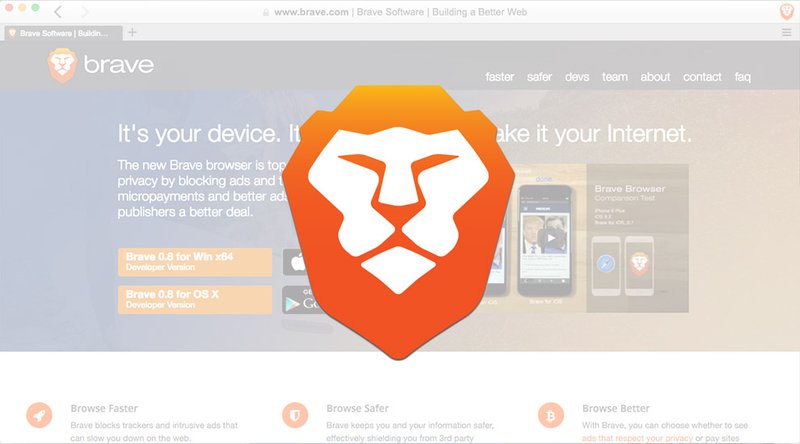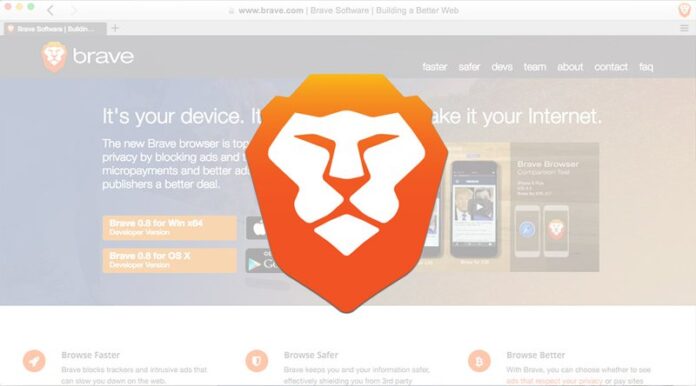
The creators of the modern Internet thought that it should have a built-in payment system.
Web pioneer and Netscape creator Marc Andreessen, who considers Bitcoin as a good model for standard Internet payment systems, noted that if he had a time machine and could go back to when the Web was first designed, “one thing I’d do for sure would be to build in Bitcoin or some similar form of cryptocurrency.”
Tim Berners-Lee himself, the creator of the Web, tried to develop a micropayments system for the Web through the World Wide Web Consortium (W3C) in the ‘90s, but the idea hasn’t been implemented so far.
Recently the W3C restarted its work on an overall Web payments architecture and produced initial drafts. The W3C drafts make only incidental mentions of Bitcoin and distributed ledger technologies. However, it’s worth noting that digital currencies based on distributed ledgers are the only form of Internet-native payment system that exists, works and effectively implements one-click payments.
There are blockchain-based projects to add micropayment layers to the Web, including micropayments in the core Internet protocols, but adding payments to the underlying Web protocol itself would require years of standardization work by official bodies such as the W3C.
An interesting intermediate approach is integrating micropayments in the browser. A high-profile team headed by Brendan Eich, creator of the Javascript programming language and former CEO of Mozilla, recently launched a new browser dubbed Brave, which offers faster browsing by replacing ads with clean and light ads, with an option to switch ads off via Bitcoin micropayments. A forthcoming version of the Brave browser, planned for April, will include micropayments and a built-in Bitcoin wallet.
Bitcoin Magazine reached out to Eich to find out more about Brave’s approach, strategy and roll-out schedule. Eich confirmed that the schedule for the built-in Bitcoin wallet is on track for April. The Brave micropayment economy will run on the Bitcoin blockchain.
“We don’t need more risk multiplication via independent events’ odds ratios,” Eich said. “It may be that things change, but right now Bitcoin is the most mature permissionless option. We do not have time or funds to reinvent round-enough wheels.”
The Brave wallet will be implemented in partnership with Bitgo. “We put Bitcoin ‘under the hood,’ so [we] want a more enterprise-like partner,” said Eich. “We’re talking to Coinbase, Blockchain.info, and others, but for our built-in wallets, BitGo is the right partner.”
Full operations with ads and micropayments to publishers and users are scheduled for version 1.0. “Our hope is to have trial ad campaigns flowing in the pre-1.0 timeframe, and we’re working with a major agency toward this end,” said Eich. “Our developer timeline is here. Trials first, then revenue-bearing ad campaigns, which traditionally pay on a net-120 schedule, after anonymous confirmation of authentic impressions.”
Brave is more than yet-another browser, and aims at deeply changing the Internet. “Brave is a startup trying to grow a user base who loves our product for its speed and privacy of data handling, to help users build up their own data sets on their devices, never exfiltrated in the clear, not even to our servers,” Eich told Bitcoin Magazine.
“That’s a more scalable model for the IoT/VR-multiverse future, again on general principles,” he said. “Of course, much work lies ahead to standardize protocols for things like anonymous ads, pseudonymous high-integrity watermarks, micro-royalties, etc. We start with browsing, ad blocking and replacement and micropayments to our users and websites they browse.”
Brave’s business model is centered on building its own ad network to replace the expensive, slow, resource-consuming and privacy-unfriendly ads of the main ad networks. “We could affect Doubleclick and other middle-players who take too much money out of the flow from advertisers to publishers, and who tax users by slowing down the web with trackers and ads that use up your mobile device’s battery and which, too often, make your eyes bleed from badly targeted ads, if not from the occasional and rising threat of malvertisement,” said Eich, and disclosed some aspects of the demographic data and analytics that Brave will offer to the advertisers in its network:
“We’re currently working on how to model our user base to give an idea of audience, and we are taking care to do this only via polling and other opt-in methods. As we bring up our NI-ZKIP (Non-Interative Zero Knowledge Proof) protocol for payments and ad confirmations, we will have better and deterministically anonymized data (not statistically or differentially private data).”
“We’ve studied all the cases where databases were supposedly anonymized and released, only to be studied later such that users were reidentified en masse. We’re not giving away any such database, since we don’t collect or keep one at all. All our users’ data stays in the clear on their devices.”
“Our cross-device sync, not yet implemented, will encrypt end to end using a client-private key. We plan to use a Key Recovery Service that’s a separate business entity from us, with no way for us to get the user’s key. A KRS is necessary for both cross-device encrypted data sync, and, of course, for BitGo’s wallet, since users do sometimes lose keys. From past sync projects we’ve learned that users expect the encrypted data to be a usable backup, not just a mirror of device data that can’t be used if all devices are lost.”
Brave users will be able to choose whether to block or replace the original ads with clean ads from the Brave network. The users who choose to replace ads will receive 15 percent of ad revenue in their wallets, which they will be able to use to buy ad-free access to their favorite sites. Publishers will receive at least 55 percent of ad revenue, which Brave hopes to increase to 70 percent.
The company is working on authentication specs for publishers, based on Let’s Encrypt and other work to do Domain Verification right. “As the dismal history of PKI Certificate Authority mis-issuance of DV certs shows, one needs to be careful,” said Eich. “Here again, we think BitGo is a good partner. We’ll cover costs of certification from a one-time fee against revenue share.”
Eich is persuaded that the Brave solution could become a de-facto standard and be implemented in other browsers like Firefox and Safari, in piecewise standards. “Private ad placement and anonymous ad confirmation are two possible pieces,” he says. “It’s fatal to standardize prematurely, but having worked successfully on [Javascript] and other standards for 20 years, I can see how to take our solution toward standardization in a modular way.”
Concerning Web payment standards, Eich confirmed that the Brave team is following the Web Payment Request API as it moves toward First Published Working Draft status “Lots of issues remain ahead,” he said.
“The Web missed an opportunity back in the early days to define payments and all they entail as a standard,” said Eich in his first Brave blog post on “How to Fix the Web.” It’s interesting to note that, much before Andreessen and Berners-Lee, Ted Nelson‘s Xanadu project ‒ a conceptual precursor of today’s Web, arguably more advanced ‒ included payment standards. Xanadu’s original concepts, proposed in the ‘70s, has been promoted by legendary cyber-culture icon Jaron Lanier in his book “Who Owns the Future.”
“I’ve been influenced in general by both Xanadu, and by Jaron’s book,” said Eich. “We do have a micro-royalty gleam in our eye with Brave. I’m an adviser to OTOY, and I’ve helped them pitch watermarking over DRM, since shared-3D-world artwork can’t really be DRM’ed but is too easy to copy in full.”
Payment standards are but one of the important features of Xanadu not included in today’s Web. Another is two-way links, a feature which, according to Lanier, could be used together with micropayments to create a fair and sustainable Web economy. “The many-to-one nature of links creates a dual problem, the ‘what pages link here’ question that Google and other search engines can answer,” commented Eich. “Wouldn’t it be great if a decentralized system could answer this question, reliably and efficiently?”


